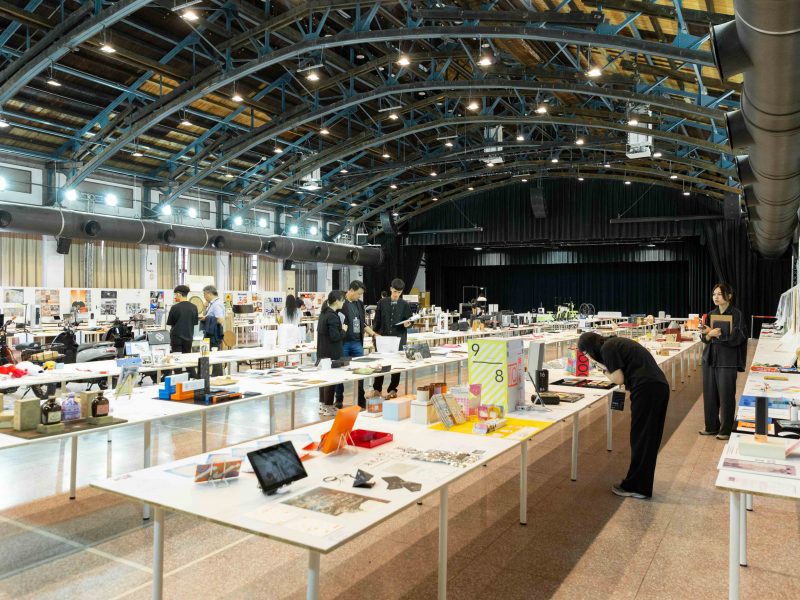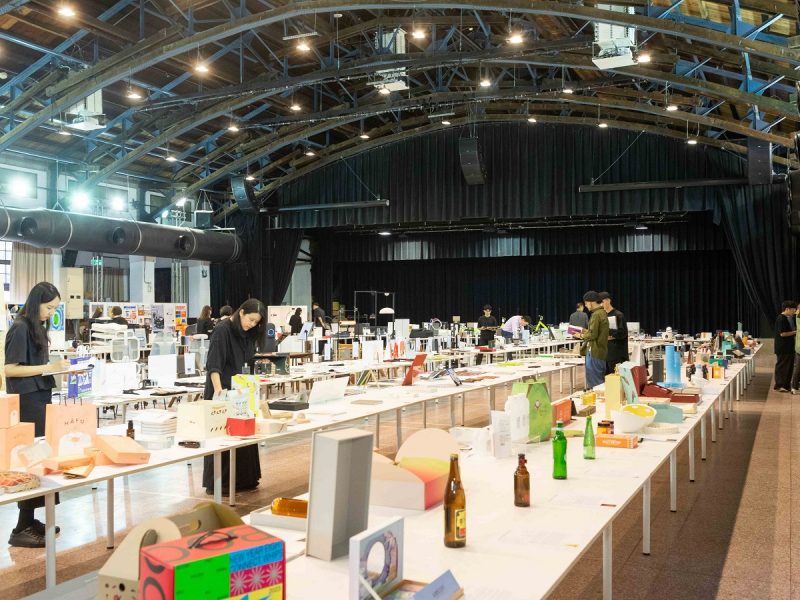Tom Liou is a UI designer in his early thirties working at NUWA Robotics, a robotics start-up. With a hectic 9 to 9 work schedule, he can only find time to work on his font over the weekend. Tom’s original inspiration to design a font was set in motion back in 2016, when Taipei was named World Design Capital. Tom recalls, “I was working at a printing house, and would print huge stacks of unattractive promotional materials all day. At the same time, many designers were spontaneously improving on existing designs, such as recreating signboards or even redesigning the overall look and feel of some of Taipei’s MRT stations. The more I saw, the more I wanted to be like these designers, and do something for society”.





Tom revealed that he was also very unsure of himself throughout university; this feeling of inferiority mounted as none of his artistic works had ever won any awards. For him, winning the Golden Pin Concept Design Award was a long-awaited recognition of his ability. Not only that, his Facebook group “大小設計” already has over 6000 followers, and he has started to attract at-tention from the media—he feels like he’s living the dream! “My design isn’t the most beautiful, but it is applicable to daily life. It feels “localized”—that’s probably what attracted the judges’ attention.”











